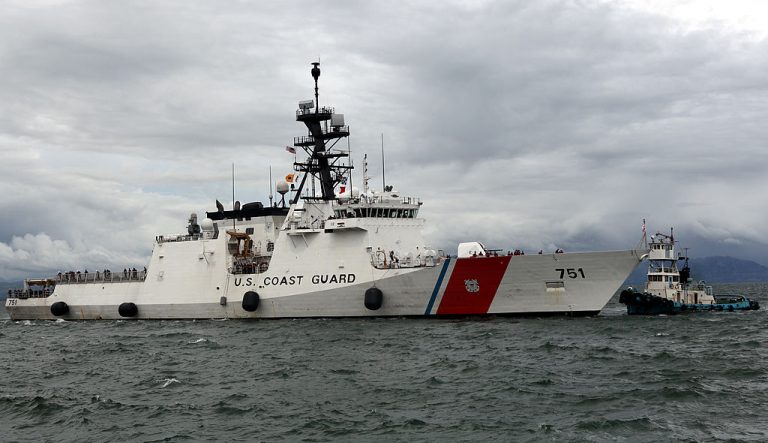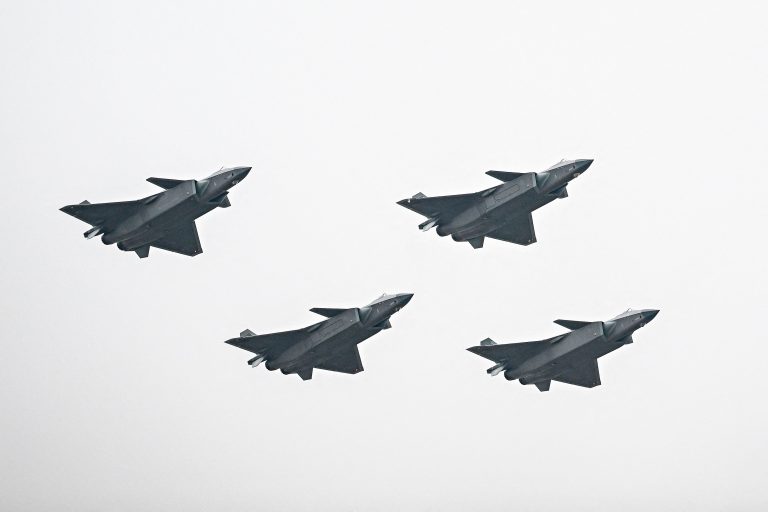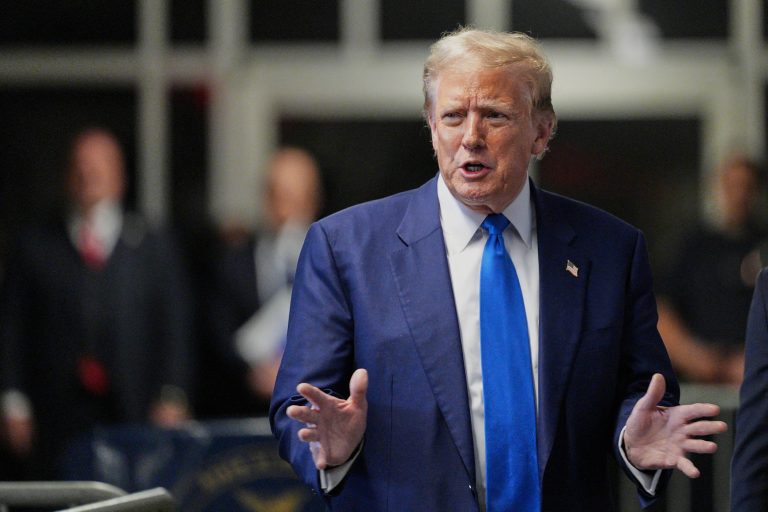The U.S. military is expanding its presence in the Pacific to counter China’s threats of expansion. However, the department that is spending the most time in the region is not from the Pentagon but the U.S. Coast Guard that comes under the Department of Homeland Security.
The U.S. Coast Guard has a long history in the Pacific. Vice Adm. Michael McAllister, commander of the Coast Guard’s Pacific Area, said the department has served the Pacific region for more than 150 years. Seven decades ago, the Activities Far East coast guard command was set up, strengthening American presence in the area.
“What we do, it’s not big in numbers, but it’s, I think, pretty significant in contribution. We get access. We can go places,” Adm. Karl Schultz, commandant of the Coast Guard, said at a Navy League event in December.
He pointed to the example of the Coast Guard’s Legend-class cutter USCGC Munro that was deployed in the Indo-Pacific region for 102 days and returned in October. During its deployment, the cutter participated in drills with allies in the South China Sea and the East China Sea. It also passed through the Taiwan Strait, which attracted criticism from the Chinese communist regime.
The U.S. Navy collaborates with the U.S. Coast Guard when planning operations in the region. For instance, the Munro deployment was controlled by the Navy’s Japan-based 7th fleet.
Success
You are now signed up for our newsletter
Success
Check your email to complete sign up
The 7th Fleet spokesperson Lt. Mark Langford said the Navy worked with the Coast Guard to plan out the cutter’s schedule, operational goals, objectives, and priorities. He insisted that the Coast Guard brings in “unique capabilities” that complement the Navy’s capabilities, which include humanitarian assistance, marine environmental response, and expertise in search and rescue. Many former and current officials often claim that the Coast Guard is a sought-after ally in the Pacific because of its conduct.
“When we show up, we’re greeted with open arms because the mission set is so critical to these countries that we want to be good partners to… At the end of the day, we try to model a type of behavior that keeps commerce open, peacefully resolves disputes, protects valuable resources, and counters illicit activities,” Randall Schriver said at an event hosted by Carnegie Endowment in September. Schriver was the assistant secretary of defense for Indo-Pacific security affairs during the Trump administration.
U.S. Coast Guard activity in waters that often see Chinese marine presence sends a warning signal to Beijing that Washington intends to keep these regions free.
In an interview with VOA in Nov. 2020, Alan Chong, associate professor at the S. Rajaratnam School of International Studies in Singapore, said that Beijing tends to send its Coast Guard across waters for military purposes. It’s done under the pretext of humanitarian rescue while keeping its naval assets away from disputed areas.
“The Chinese are not putting up their grey ships up front… So, I think the U.S. is also learning from China that they don’t want to put their navy in front of the militia. It’s asymmetric, so they might as well put up their coast guard,” Eduardo Araral, associate professor at the National University of Singapore’s public policy school, told VOA.
Communist China is also sending ships to waters near U.S. territory to show off its naval prowess. In September, China’s most advanced warship sailed near the U.S. Exclusive Economic Zone (EEZ) close to the Aleutian Islands in Alaska.















